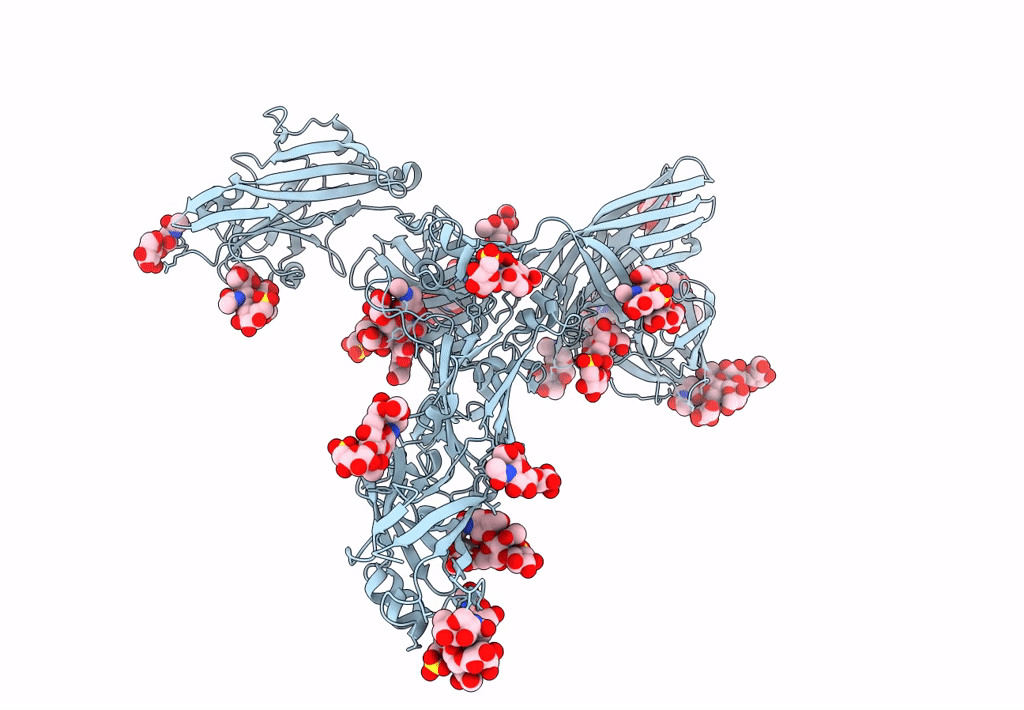
Deposition Date
2022-08-04
Release Date
2023-08-16
Last Version Date
2024-11-13
Entry Detail
PDB ID:
8AN3
Keywords:
Title:
S-layer protein SlaA from Sulfolobus acidocaldarius at pH 7.0
Biological Source:
Source Organism:
Sulfolobus acidocaldarius DSM 639 (Taxon ID: 330779)
Host Organism:
Method Details:
Experimental Method:
Resolution:
3.90 Å
Aggregation State:
PARTICLE
Reconstruction Method:
SINGLE PARTICLE


